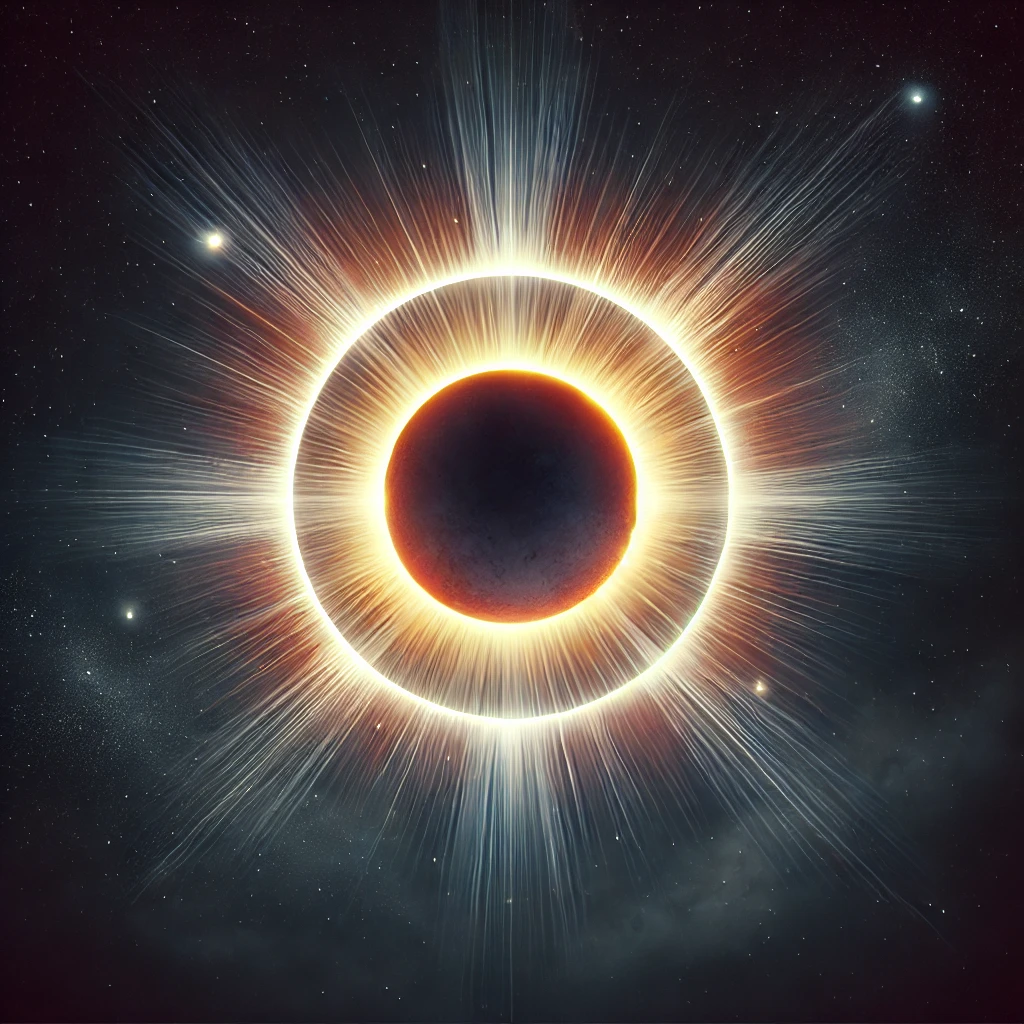
Fascinating Facts About the Solar Eclipse
A solar eclipse is one of the most awe-inspiring celestial events visible from Earth. It occurs when the Moon passes between the Sun and Earth, temporarily blocking the Sun’s light. Depending on the type of eclipse and your location, the experience can range from a subtle dimming to a breathtaking total blackout. Here are some fascinating facts about solar eclipses, especially for viewers in the United States.
1. Types of Solar Eclipses
There are four main types of solar eclipses:
- Total Solar Eclipse: The Moon completely covers the Sun, turning day into night for a few minutes. The next total solar eclipse visible in the U.S. will occur on April 8, 2024.
- Partial Solar Eclipse: The Moon covers only a part of the Sun, making it look like a bite has been taken out of it.
- Annular Solar Eclipse: The Moon is too far from Earth to completely cover the Sun, leaving a bright “ring of fire” visible around its edges.
- Hybrid Solar Eclipse: A rare type that shifts between total and annular depending on where it’s observed from.
2. The Path of Totality
During a total solar eclipse, only a narrow path on Earth experiences complete darkness. This path, called the path of totality, is usually only about 60 to 100 miles wide but can stretch thousands of miles in length.
3. Eclipse Viewing Safety
Looking directly at the Sun during an eclipse can cause serious eye damage. To safely observe an eclipse:
- Use ISO-certified solar viewing glasses.
- Use a pinhole projector to indirectly view the eclipse.
- Never use sunglasses, camera lenses, or regular telescopes without a solar filter.
4. The U.S. and Solar Eclipses
The United States is uniquely positioned to witness multiple significant solar eclipses in a short period. The Great American Eclipse of 2017 was the first total solar eclipse visible across the entire continental U.S. since 1918. The upcoming April 8, 2024, eclipse will be another remarkable event, crossing from Texas to Maine.
5. Solar Eclipses Throughout History
- Ancient civilizations often saw eclipses as omens. The Babylonians and Chinese were among the first to predict them.
- In 585 BC, a solar eclipse reportedly halted a war between the Lydians and the Medes.
- Einstein’s Theory of General Relativity was confirmed during the 1919 total solar eclipse when starlight bending around the Sun was observed.
6. Animals React to Eclipses
Animals can exhibit unusual behavior during an eclipse. Birds may stop singing, nocturnal animals may become active, and farm animals may return to their shelters, mistaking the darkness for night.
7. The Longest Solar Eclipse
The longest total solar eclipse of the 21st century occurred on July 22, 2009, lasting an incredible 6 minutes and 39 seconds.
8. The Moon is Drifting Away
The Moon is slowly moving away from Earth at a rate of 1.5 inches (3.8 cm) per year. This means that in about 600 million years, total solar eclipses will no longer be possible because the Moon will appear too small to completely block the Sun.
9. Eclipses Happen in Pairs
A solar eclipse is usually followed by a lunar eclipse about two weeks later. This happens because the alignment of the Sun, Moon, and Earth often creates conditions favorable for both types of eclipses.
10. The Next U.S. Eclipses
- April 8, 2024 – Total solar eclipse crossing from Texas to Maine.
- August 23, 2044 – Partial solar eclipse visible across most of the U.S.
- August 12, 2045 – The next “Great American Eclipse,” with an unusually long duration of totality (over 6 minutes in some locations).
Conclusion
Solar eclipses are rare and breathtaking celestial events that have fascinated humans for centuries. Whether you’re preparing for the next major eclipse in the U.S. or just love learning about space phenomena, understanding these facts can enhance your appreciation of this incredible natural spectacle.
Mark your calendars and make sure to view the next eclipse safely!
Read also:
How to Get Free Shipping on TikTok Shop
